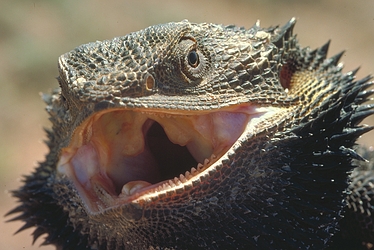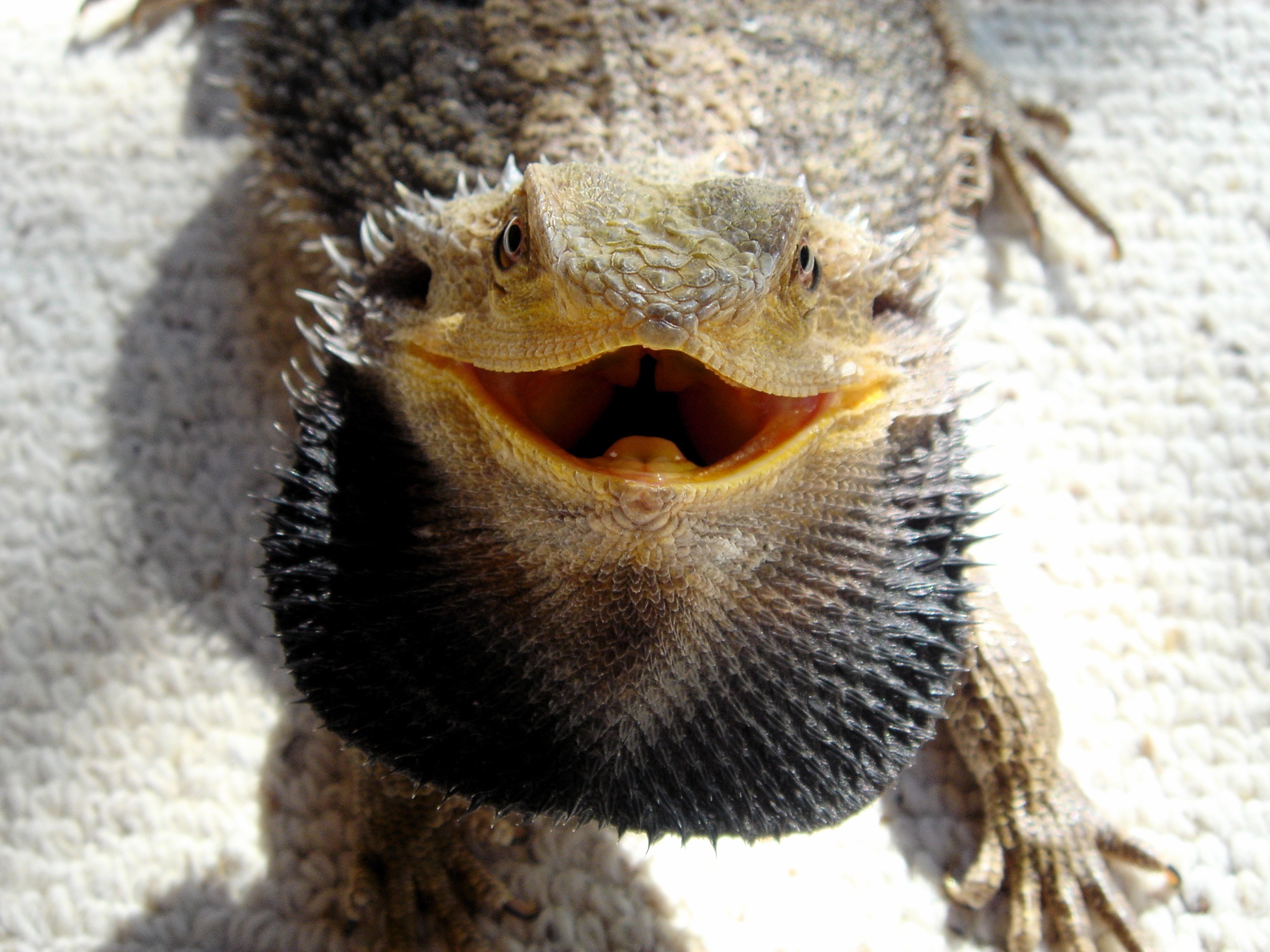The Ultimate Guide to Setting Up a Basic Bearded Dragon Habitat
Introduction
Are you considering getting a bearded dragon as a pet? These fascinating reptiles make great companions and can live for up to 20 years with proper care. However, before you bring your new pet home, it’s essential to set up the perfect habitat to ensure they thrive. In this ultimate guide, we’ll go over the basics of creating a bearded dragon setup that is comfortable, safe, and enjoyable for both you and your new pet.
Choosing the Right Enclosure
The first step in setting up a bearded dragon habitat is choosing the right enclosure. While a glass tank is often the most popular choice, you can also consider other options like melamine or PVC enclosures. When considering the size of the tank, a good rule of thumb is to provide 10-20 gallons of space per inch of your bearded dragon’s length. For adult bearded dragons, this usually means a minimum size of 40 gallons.

Heating and Lighting
Bearded dragons are cold-blooded, which means they rely on external sources of heat to regulate their body temperature. To provide the right amount of warmth, you’ll need a basking light that simulates the sun’s rays. Your bearded dragon will spend much of their time basking under this light, so it’s essential to position it correctly and ensure it is the appropriate temperature.

To provide a cooler area for your bearded dragon to relax, you can also include a UVB light. This light simulates the sun’s UVB rays, which are essential to your bearded dragon’s overall health. Be sure to choose a light that covers the entire enclosure, and replace it every six months to maintain its effectiveness.
Substrate and Decorations
When it comes to substrate, there are many options to choose from. Avoid sand or loose substrate materials, as these can pose a risk of impaction if ingested. Instead, consider non-particulate substrates, like reptile carpet, paper towels, or tiles.

In addition to substrate, your bearded dragon will appreciate some decorations to make their enclosure feel more like home. You can include items like climbing branches, rocks, caves, and plants. Just make sure to avoid any decorations with sharp edges or that could be ingested.
Feeding and Hydration
Bearded dragons are omnivores and require a balanced diet of both insects and vegetables. As a general rule, offer your bearded dragon a variety of insects, such as crickets, mealworms, and dubia roaches, as well as dark, leafy greens, like collard greens or mustard greens.

It’s important to also ensure your bearded dragon has access to clean water at all times. You can provide water in a shallow dish or invest in a reptile water fountain, which can help keep the water clean and prevent spills.
Maintenance and Cleaning
Maintaining a clean and healthy bearded dragon enclosure is critical to your pet’s well-being. Daily tasks should include removing any uneaten food and feces, as well as checking the temperature and humidity levels. Every few weeks, you should also give the enclosure a deep clean, including replacing the substrate and washing any decorations with a reptile-safe disinfectant.

Conclusion
Creating a basic bearded dragon setup doesn’t have to be complicated or expensive. With the right enclosure, heating and lighting, substrate and decorations, and feeding and hydration, you’ll be well on your way to providing a comfortable and safe home for your new pet. Remember, bearded dragons are living creatures that require care and attention, so be sure to devote time and effort to maintaining their habitat and keeping them happy and healthy.
